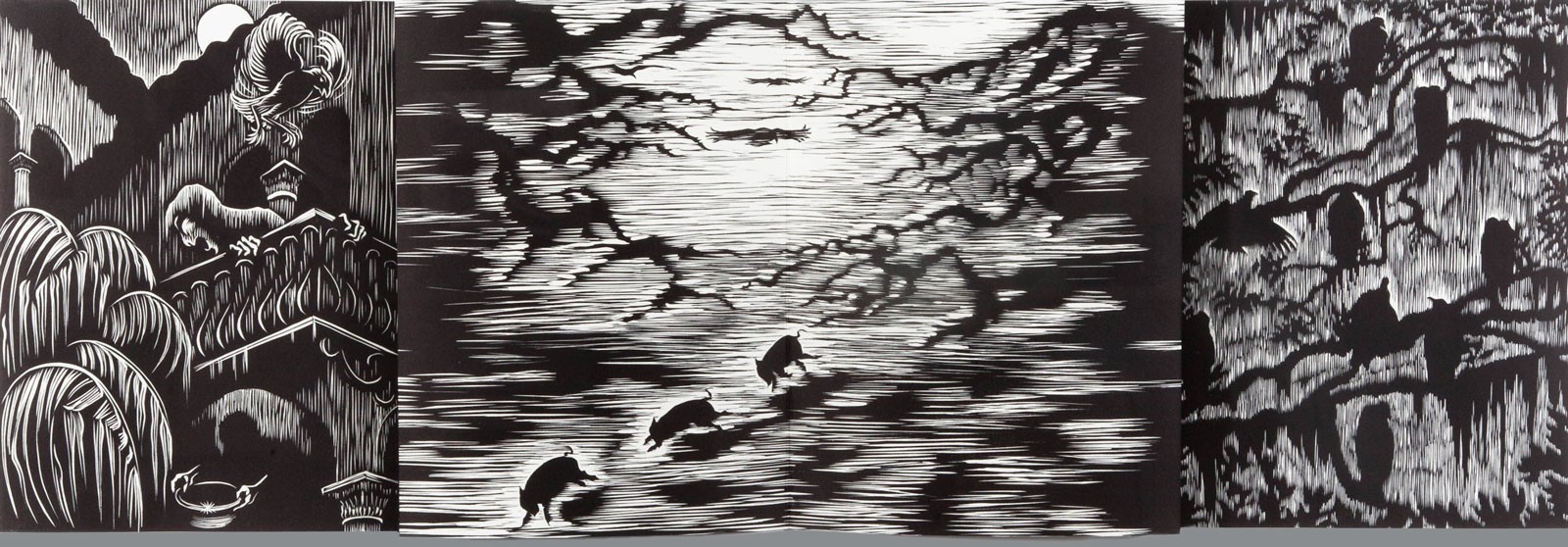Director/Professor Emeritus, Ernest G. Welch School of Art and Design, Georgia State University, Atlanta, GA, 2003
Email: [email protected]
Exhibitions:
Prophecies, Halsey Institute of Contemporary Art, The College of Charleston, SC, 2016; see documentation and installation photographs by the gallery at http://halsey.cofc.edu/exhibitions/john-mcwilliams/
Publications:
• Land of Deepest Shade: Photographs of the South by John McWilliams, with introduction by Theodore Rosengarten, published by Aperture in 1989
• A Season of Giants, Little, Brown and Co., featured photographer John McWilliams
• Places with a Past: Site-Specific Art in Charleston, Rizzoli, New York 1992, Photography John McWilliams
• Visible Light, Four Creative Biographies by Michael Lesy, Times Books, 1985, one of the biographies
Awards:
• 1975 National Endowment to the Arts, Photography Fellowship
• 1977 Guggenheim Fellowship
• 1995 Georgia Council for the Arts, Artist Grants
Collections:
• Jacksonville Art Museum
• Delaware Art Museum
• Sheldon Art Gallery, Univ. Of Nebraska
• Museum of Modern Art, New York
• Fogg Museum, Harvard Univ.
• Addison Gallery of American Art
• National Museum of American Art, Smithsonian
• New Orleans Museum of Art
• Massachusetts Institute of Technology
I live and maintain a studio in McClellanville, South Carolina. My work these days is based in drawing and relief printmaking, which I have been doing for more than twenty years. Woodcuts and wood engravings, the primary means of printed pictorial information since the invention of the printing press, have held much fascination for me. The woodcuts of Albrecht Dürer and the German expressionists, the illustrations of Rockwell Kent, and the graphic novels of Lynd Ward and Frans Masereel have been an inspiration. Woodcuts and wood engravings, as they sit on the page, are a world unto themselves.
The carved and engraved line has great expressive potential, revealing much about the artist’s intent. The ability to distill meaningful shapes and forms from ideas is an act that surprises and brings discoveries. The process of developing an image into a woodcut or wood engraving gives structure to my life. The image grows through the initial drawings to the carving and then the print, in which the image, if it is good, takes on a life of its own and becomes an open question. It is such sweet irony that, although the act of creating gives my life structure, it nevertheless produces an enigma, a puzzle that others may interpret through their own lives. There are no easy answers. Such is life.
